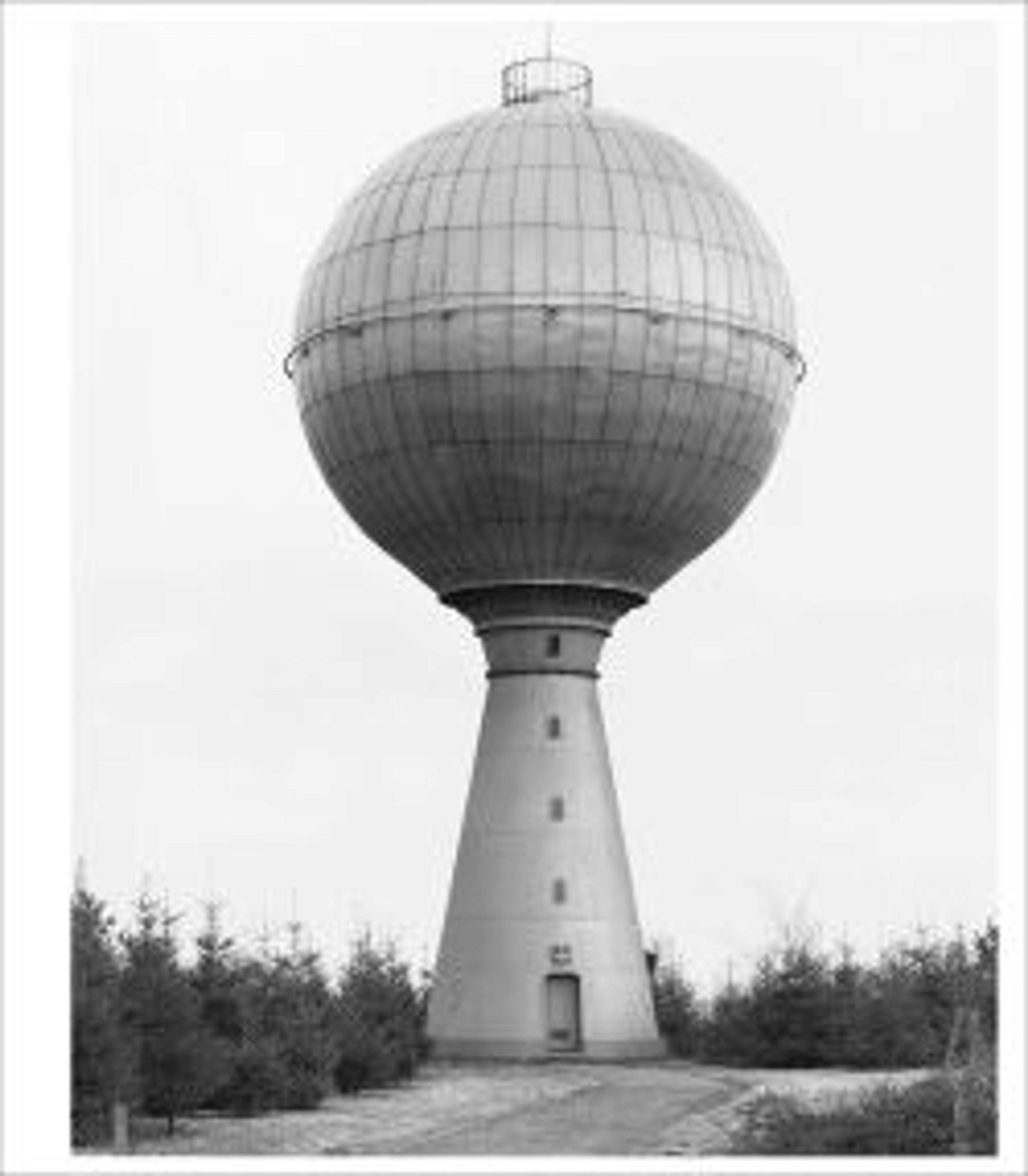Portal of Saint-Ursin, Bourges
Having learned daguerreotypy directly from its inventor, and having established one of the earliest professional portrait studios in Paris, Louis-Auguste Bisson and his brother Auguste-Rosalie remained faithful to the process until the early 1850s. Bypassing the paper negative processes they began to use large-format glass-plate negatives about 1853 and quickly mastered the process, specializing in architectural views. In these they were rivaled only by Baldus.
The late-eleventh- or early-twelfth-century portal of Saint-Ursin, with a sculpted tympanum depicting episodes from fables, a hunting scene, and the labors of the months, is represented here with a clarity and rigor characteristic of their work. The result, however, is far from sterile. Instead, the photograph invites the viewer to enter, tread the paving stones, and assume the place of the anonymous gentleman in black cloak and top hat as he contemplates the carved entranceway. More than just a pictorial device to trigger an imaginary entry into the scene, however, this man's examination of the Romanesque portal embedded in the architecture of a later building and the fabric of a modern city speaks of a developing notion of the present as embracing vestiges of the past. It was this very concept that gave rise to the Bissons' architectural photographs.
This image appeared as plate 23 in a vast project entitled Reproductions photographiques des plus beaux types d'architecture et de sculpture d'après les monuments les plus remarquables de l'antiquité, du moyen âge et de la Renaissance..., which included 201 plates issued in fascicles from 1854 to 1862. This print was made by Eugène Placet, who bought the contents of the Bissons' studio in 1864 and continued to print from their negatives.
The late-eleventh- or early-twelfth-century portal of Saint-Ursin, with a sculpted tympanum depicting episodes from fables, a hunting scene, and the labors of the months, is represented here with a clarity and rigor characteristic of their work. The result, however, is far from sterile. Instead, the photograph invites the viewer to enter, tread the paving stones, and assume the place of the anonymous gentleman in black cloak and top hat as he contemplates the carved entranceway. More than just a pictorial device to trigger an imaginary entry into the scene, however, this man's examination of the Romanesque portal embedded in the architecture of a later building and the fabric of a modern city speaks of a developing notion of the present as embracing vestiges of the past. It was this very concept that gave rise to the Bissons' architectural photographs.
This image appeared as plate 23 in a vast project entitled Reproductions photographiques des plus beaux types d'architecture et de sculpture d'après les monuments les plus remarquables de l'antiquité, du moyen âge et de la Renaissance..., which included 201 plates issued in fascicles from 1854 to 1862. This print was made by Eugène Placet, who bought the contents of the Bissons' studio in 1864 and continued to print from their negatives.
Artwork Details
- Title: Portal of Saint-Ursin, Bourges
- Photography Studio: Bisson Frères (French, active 1852–1863)
- Artist: Louis-Auguste Bisson (French, 1814–1876)
- Artist: Auguste-Rosalie Bisson (French, 1826–1900)
- Date: ca. 1855
- Medium: Albumen silver print from glass negative
- Dimensions: Image: 43.4 x 35.2 cm (17 1/16 x 13 7/8 in. )
- Classification: Photographs
- Credit Line: Gilman Collection, Purchase, The Horace W. Goldsmith Foundation Gift, through Joyce and Robert Menschel, 2005
- Object Number: 2005.100.53
- Curatorial Department: Photographs
Audio
5504. Portal of Saint-Ursin, Bourges, Part 1
0:00
0:00
We're sorry, the transcript for this audio track is not available at this time. Please email info@metmuseum.org to request a transcript for this track.
Listen to more about this artwork
More Artwork
Research Resources
The Met provides unparalleled resources for research and welcomes an international community of students and scholars. The Met's Open Access API is where creators and researchers can connect to the The Met collection. Open Access data and public domain images are available for unrestricted commercial and noncommercial use without permission or fee.
To request images under copyright and other restrictions, please use this Image Request form.
Feedback
We continue to research and examine historical and cultural context for objects in The Met collection. If you have comments or questions about this object record, please complete and submit this form. The Museum looks forward to receiving your comments.
